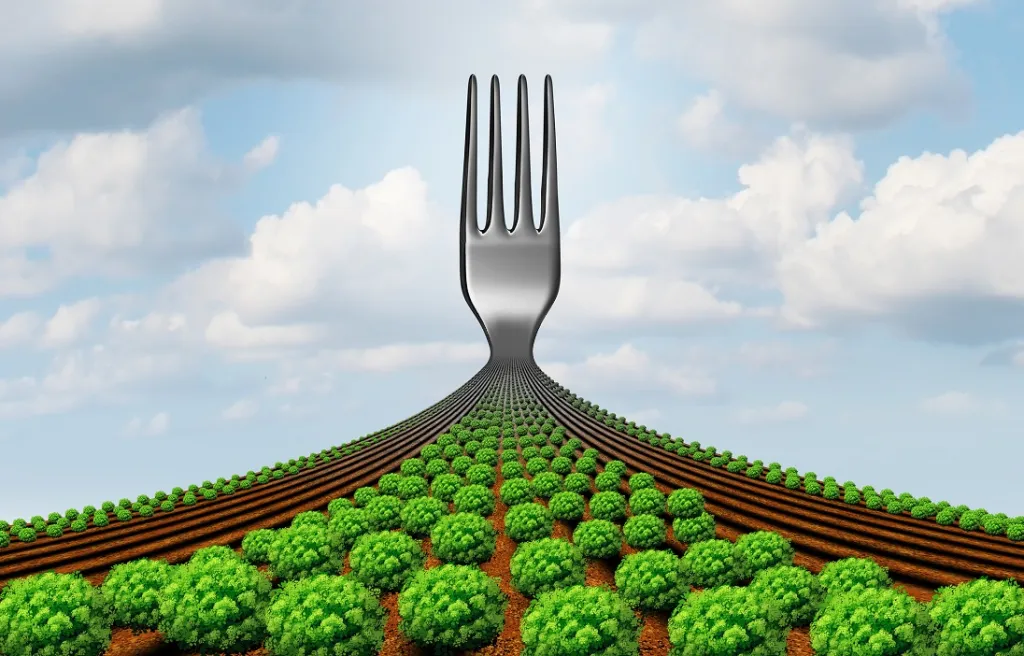
When consumer goods businesses talk about sustainability, they usually focus on headline topics like carbon footprint and circularity. One subject that doesn’t get as much attention is biodiversity.
Defined by The Royal Society as the variety of plant and animal life in the world, biodiversity is “essential for the processes that support all life on Earth”. But the expanding environmental footprint of consumer-driven industries poses a huge threat to natural ecosystems.
In December 2022, at the COP15 UN Biodiversity Conference, nearly 200 countries agreed on a Global Biodiversity Framework to transform humanity’s relationship with nature, and halt biodiversity loss by 2030.
We’ll explore the issues and recommend best practices for retail and consumer goods businesses should adopt in order to contribute to biodiversity conservation.
Why biodiversity is important
Humanity relies on healthy ecosystems to provide us with the air, water, and food we need to live. These ecosystems need a wide range of animals, plants and microorganisms to remain stable, and capable of providing benefits like clean air and water, and fertile soil.
But this critically important life support system is declining faster than at any time in human history. A 2019 report on biodiversity found that, due to human actions, “75 percent of the land surface is significantly altered, 66 percent of the ocean area is experiencing increasing cumulative impacts, and over 85 percent of wetlands (area) has been lost.”
At the 2022 COP15 conference, Inger Andersen, Executive Director of the United Nations Environment Programme, stated plainly that this “loss and degradation of biodiversity comes with a cost we measure in not just dollars but in livelihoods, hunger, disease, vulnerability, well-being and deaths.”
What are the main causes of biodiversity loss? And what can we do to address them?
The causes of biodiversity loss
The global population is growing. Consumption per capita is growing. The more we make and consume using current extractive practices, the more difficult it is to safeguard biodiversity so that nature can provide us with what we need in the future.
Agricultural expansion, mining for minerals, and building towns and cities all directly affect the fragile ecosystems that sustain life on our planet. They discharge (often untreated) wastewater into the environment, and release industrial waste and excess fertilisers into the world’s waters.
The biodiversity impact of consumer products refers to the influence these products have on the variety and abundance of plant and animal species in the natural environment. It involves assessing how the production, use, and disposal of consumer goods affect ecosystems, habitats, and the overall biodiversity of the planet.
— Bart Nollen, Dayrize Co-Founder
The complicated relationships between consumer choices, industrial practices, and the fragile ecosystems that sustain life on our planet are very hard to examine.
In our global economy, a consumer buying cotton t-shirts in the UK can’t see the impact those products have on the environment and communities where the cotton is grown.
It’s similarly challenging for businesses to gain accurate visibility into their supply chain and see exactly what impact their activities are having on the environment.
Consumer choice and industrial practices
The UN Environment Programme has identified the biggest drivers of biodiversity loss over the past 50 years: changes in the way we use our land and water.
Cotton provides an instructive example. The global cotton industry uses about 250 billion tons of water every year. According to the Water Footprint Network (2017), one kilogram of cotton requires an average of 10,000 litres of water to produce. What most people don’t realise is that when water is used to grow cotton, it can’t also be used for other purposes, like providing clean drinking water.
The water consumed to grow India’s cotton exports in 2013 would be enough to supply 85% of the country’s 1.24 billion people with 100 litres of water every day for a year. Meanwhile, more than 100 million people in India do not have access to safe water.
— The Guardian, 20 March 2015
It gets worse: if the cotton is non-organic, the pesticides that were used to help it grow can pollute the water near the production site and cause health problems for local people and animals.
For land-use change, the best-known example is deforestation, in which forests are cleared so the land can be used to graze livestock, grow crops, or extract raw materials via mining.
According to the UN Environment Programme “Since 1990, around 420 million hectares of forest have been lost through conversion to other land uses.” And when the forest vanishes, so do the thousands of species that live in the forest.
More and more consumers want to make conscious choices about the products they buy, But these changes in water and land use, and their consequent environmental impacts are not visible to them.
Businesses mostly don’t disclose this information at the point of sale, either because they actively want to conceal it, or because — without full visibility into their products’ supply chains and environmental impact — they can’t.
And if you can’t see what’s happening, how can you make a plan to improve it?
Best practices to close the sustainability knowledge gap
In order to help humanity meet the goals and targets of the Global Biodiversity Framework, businesses urgently need to accurately assess and transparently report their biodiversity impacts.
Understanding and minimizing the biodiversity impact of consumer products is crucial for promoting sustainable consumption patterns and preserving the delicate balance of our ecosystems for future generations.
— Bart Nollen, Dayrize Co-Founder
Businesses need to get a complete picture of their products’ impact by extracting transparent information about every step of every supply chain, including every other business partner involved.
The trouble is that the available data is often incomplete data, and complicated, overlapping causes and effects. This makes getting the information you need both time-consuming and expensive.
How Dayrize can help your business combat biodiversity loss
Dayrize helps businesses to close the sustainability knowledge gap. Our industry-leading software combines the latest in sustainable science and technology to quantify sustainability performance at a product level, across five dimensions. Our Ecosystem Impact score evaluates a product’s impact on water systems and biodiversity along the supply chain.
We can provide actionable results even with limited primary data. Our intelligent software fills data gaps in your supply chain with accurate data from over 40 databases, allowing us to assess any consumer product at a fraction of the cost and the time required by traditional methods.
The intelligence and actionable insights we provide will give you detailed visibility throughout your supply chain and significantly accelerate your progress towards your destination.
In order to conserve biodiversity, we must challenge the foundations of contemporary consumption paradigms. By giving consumers the information they need to make more sustainable choices, we can help drive the change to a circular economy and halt, or even reverse, biodiversity loss.
Subscribe to Dayrize updates to learn more from leaders in sustainability for businesses.

